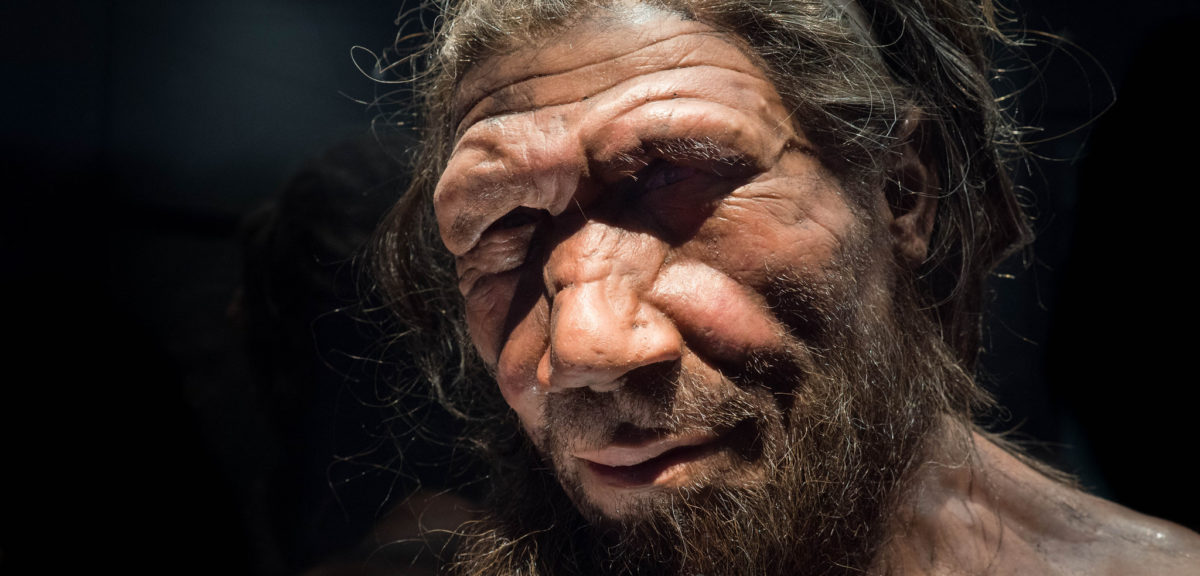When you think of a Neanderthal (Homo neanderthalensis) what comes to mind – a crude, brutish and uncaring caveman type of individual?
According to a new analysis by researchers at the UK’s University of York, that stereotype may not necessarily be true.

A diorama of a group of Neanderthals in St. Michael’s Cave, Gibraltar (Yuliya S. via Wikimedia Commons)
In a study published in the journal, World Archeology, the researchers provide evidence that our ancient ancestor was actually quite caring and compassionate.
The researchers realized that Neanderthals were quite knowledgeable and were able to provide effective healthcare for others regardless of the severity of the injury or illness.
According to the study’s lead author, Dr. Penny Spikins, of the University of York, the research findings indicate that when providing needed care, Neanderthals didn’t really consider whether those they helped would repay them, but merely reacted to their own feelings of seeing their loved ones suffering.
























Their loved ones who have a love string with them . The love strings are necessary for their souls to cling to when live or dead. If you have no love left you will have no love string , too . Then you will fall in to the hell . It is also the way for the souls of dead to keep their souls from falling to the hell , especially during the waiting time for getting a bridge to return the air once more or keeping the wait . Until the last time come , they will be in the heaven forever. Love string as God .
Your are spot on. We do not give them the recognition they deserve. I think that social blindness parallels our inability to understand ourselves. Perpetual war is the most obvious clue, but the most telling is our inability to understand the very thing that has made us successful –language.
For example, when we teach language in terms of phonetics, we become blinded to its visual origins and nature. The cave of Altamira in the north of Spain is an example that dissolves both social mythologies. That is, Neanderthal’s amazing creative nature and the visual nature of language.
Altamira cave was created by Neanderthal, and yes it’ one of the first examples of visual language. Meaning, it is not art. At least not art in the sense as we understand it today. The cave was written in images and they wrote the dates on the cave walls as bison. They are simply visual puns of the drift of the galactic core along the horizon during a Great-Age. And those dates written were long before Cro-Magnon migrated to the north of Spain.
The inference is, Neanderthal created language, not Cro-Magnon! To use a cliché, “a picture is worth a thousand words”, take a look at the following illustration: https://linguistic-determinism-art-language.blogspot.com/
Edmund Dalpe, MFA. Author of Dream Duet.